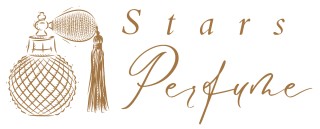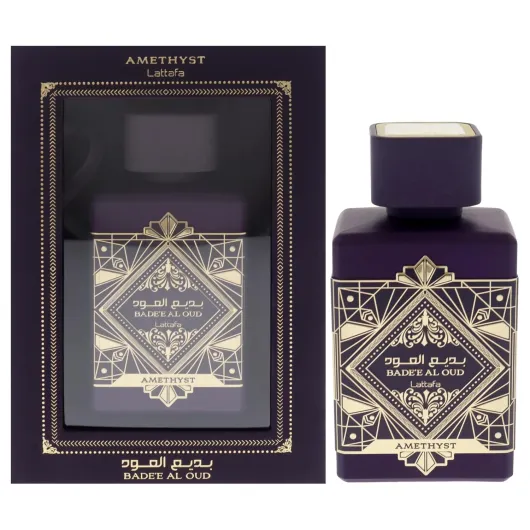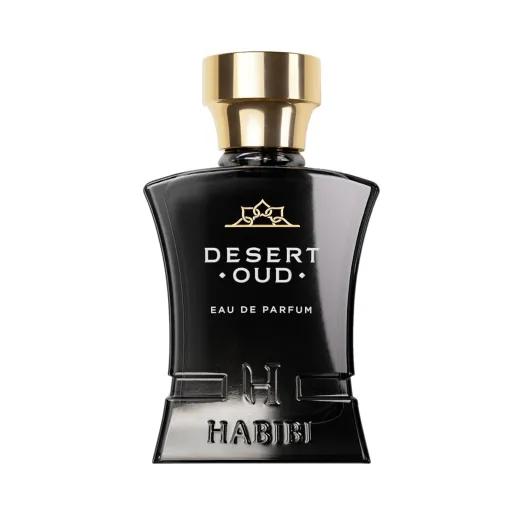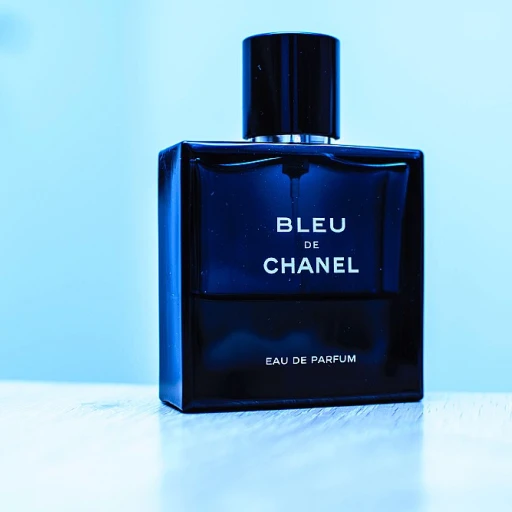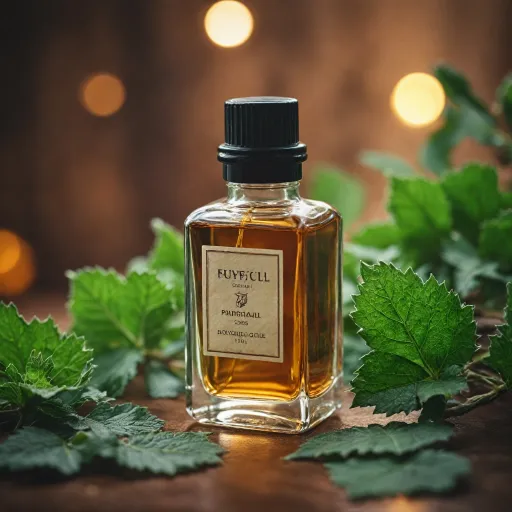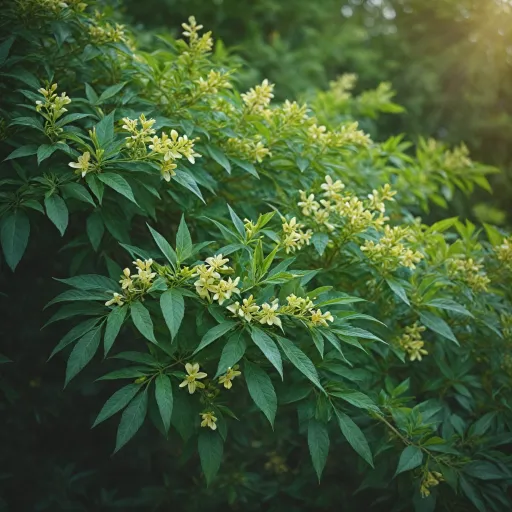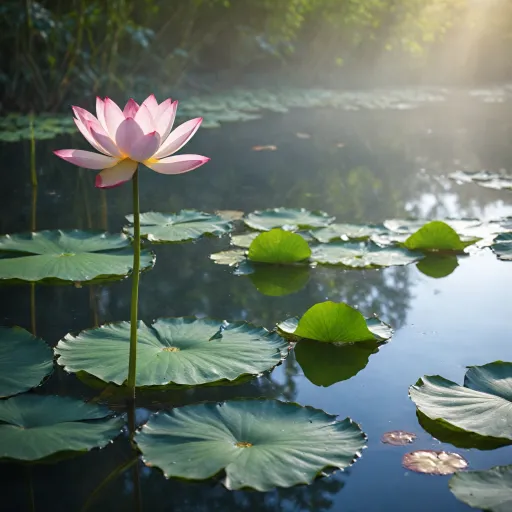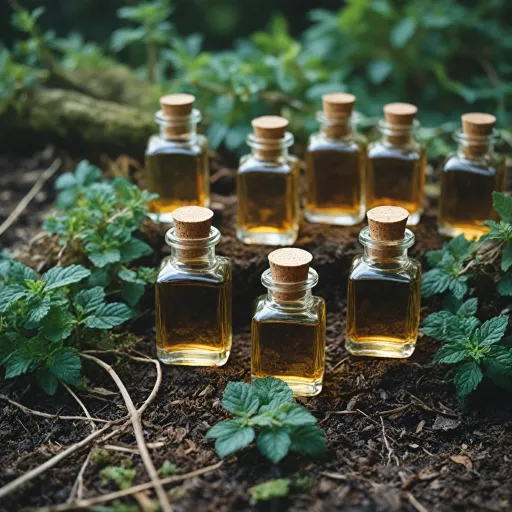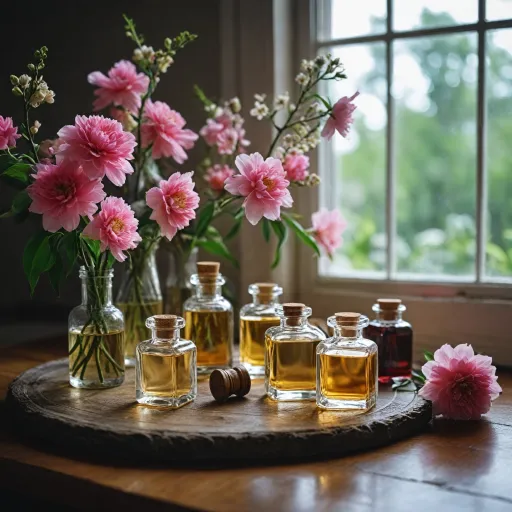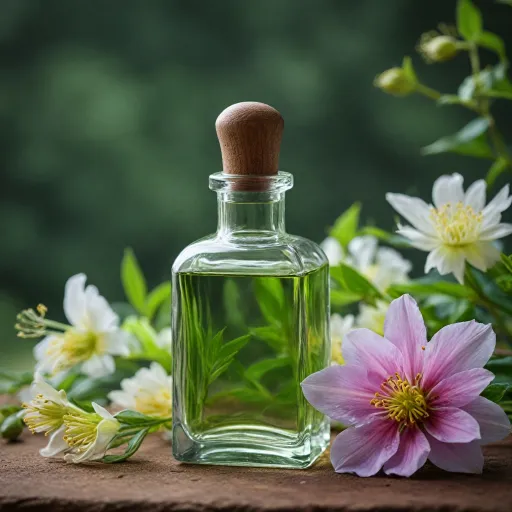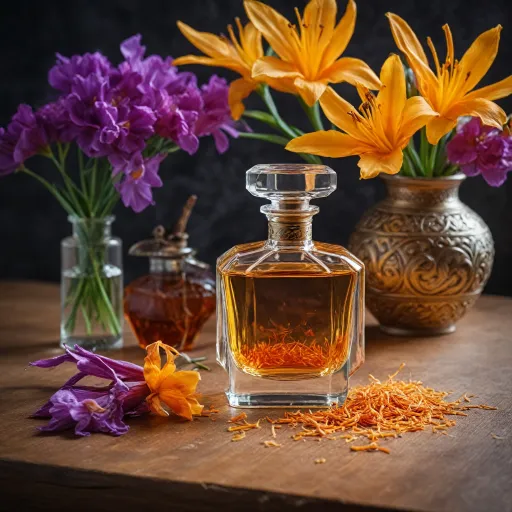
Origins of oud and its cultural significance
The ancient journey of oud: from forest to fragrance
Oud, also known as agarwood, is one of the most treasured and mysterious ingredients in the world of perfume. Its story begins deep in the forests of Southeast Asia, where the aquilaria tree thrives. When these trees are naturally infected by a specific type of mold, they produce a dark, aromatic resin as a defense mechanism. This resin-soaked wood is what we call oud wood, and it is the source of the highly prized oud oil.
The process is rare and unpredictable, making natural oud incredibly valuable. It can take decades for an aquilaria tree to develop enough resin to be harvested. This rarity is a key reason why oud is often described as oud expensive and why it is considered a luxury in perfumery. The extraction of oud oil from the wood involves careful distillation, a process that preserves the complex scent profile that makes oud fragrances so captivating.
Oud’s cultural resonance across continents
For centuries, oud has held a special place in the cultures of the Middle East, India, and Southeast Asia. In the Middle East, burning oud wood chips is a traditional practice during special occasions and religious ceremonies. The scent of oud is seen as both grounding and uplifting, a bridge between the material and the spiritual. In India and Southeast Asia, oud has been used in rituals, medicine, and as a symbol of wealth and prestige.
Today, oud is not only a base note in many classic and modern perfumes but also a symbol of sophistication and depth. Its woody, resinous, and slightly sweet aroma has inspired countless perfumers to create unique oud based fragrances that appeal to those seeking something truly special. The allure of oud continues to grow, with more people discovering its rich history and irresistible scent.
If you’re curious about how other natural scents have captivated fragrance lovers, you might enjoy reading about the allure of mulberry scented candles and how they compare to oud’s deep, woody notes.
How oud is extracted and processed
The journey from tree to treasured oil
Oud, often called "liquid gold" in the world of perfumery, begins its story deep within the heartwood of aquilaria trees. These trees, native to Southeast Asia, are the natural source of the precious oud oil that forms the backbone of many luxurious fragrances. But what makes oud so rare and sought after? The answer lies in a fascinating natural process.
When an aquilaria tree is wounded—either by natural events or human intervention—it sometimes becomes infected with a specific type of mold. In response, the tree produces a dark, aromatic resin as a defense mechanism. This resin slowly saturates the wood, transforming it into what we know as agarwood. Only a small percentage of aquilaria trees ever produce this resin, which is one reason why oud is so expensive and revered.
Extraction and processing: a delicate art
Harvesting oud wood is a meticulous process. The resinous wood is carefully separated from the non-resinous parts, then chipped and distilled to extract the essential oil. Traditional steam distillation is the most common method, but some producers use hydro-distillation or even solvent extraction to yield different scent profiles. The resulting oud oil is thick, dark, and intensely aromatic, with a complexity that makes it a prized base note in perfume compositions.
Natural oud extraction is labor-intensive and time-consuming, which further contributes to its high value in the fragrance world. Synthetic alternatives exist, but true connoisseurs often seek out natural oud for its depth and authenticity. For a deeper dive into the extraction and artistry behind natural essences, you might find this article on the captivating essence of absolute vetiver in perfumery insightful, as it explores similar themes of craftsmanship and olfactory richness.
- Oud oil is extracted from agarwood, the resinous heartwood of infected aquilaria trees.
- The process is resource-intensive, making oud fragrances among the most exclusive in the world.
- Natural oud is highly prized for its unique, woody, and complex scent profile.
Understanding the journey of oud from tree to bottle helps explain its allure and the reverence it commands among fragrance lovers. This intricate process is a testament to the artistry and patience required to bring such a rare and powerful note to modern perfumery.
The scent profile of oud
The multifaceted aroma of oud: complexity in every drop
Oud, often called "liquid gold" in perfumery, is renowned for its deeply complex scent profile. Extracted from the resinous heartwood of aquilaria trees, this rare essential oil is the result of a natural process where the tree produces resin in response to a specific mold infection. The resulting oud oil is prized for its rich, multi-layered aroma that has captivated fragrance lovers for centuries, especially in the Middle East and Southeast Asia.
The scent of oud is anything but simple. It is typically described as woody, smoky, and animalic, with nuances that can range from sweet and balsamic to leathery and earthy. These variations depend on factors like the age of the agarwood, the species of aquilaria, and the extraction method. High-quality, natural oud is often used as a base note in perfume compositions, providing depth and longevity to the fragrance.
- Woody and resinous: The core of oud’s character, reminiscent of ancient forests and incense.
- Smoky and leathery: A result of the resin’s interaction with the wood, giving oud its signature boldness.
- Sweet and balsamic: Some oud oils reveal a honeyed, almost caramel-like undertone, especially when aged.
- Earthy and animalic: These notes add a mysterious, primal edge that makes oud fragrances unforgettable.
Oud’s versatility allows it to blend beautifully with other notes in fragrances. It is often paired with rose and amber for a classic Middle Eastern accord, but it also complements spices, florals, and even citrus top notes in modern eau parfum creations. This adaptability has helped oud maintain its allure in both traditional and contemporary perfumery.
Because of the intricate process required to obtain natural oud, and the slow growth of aquilaria trees, authentic oud oil remains one of the most expensive ingredients in the world of perfume. This rarity only adds to its mystique and desirability among fragrance aficionados.
Oud in modern perfumery
Oud’s Modern Renaissance in Perfumery
In recent years, oud has experienced a remarkable resurgence in the world of perfumery. Once cherished primarily in the Middle East and Southeast Asia, this precious resin from aquilaria trees is now a global phenomenon. The allure of oud wood and its essential oil has captivated both niche and mainstream fragrance houses, inspiring a new generation of oud fragrances and perfumes.
How Oud is Used in Contemporary Fragrances
Today, oud is often featured as a base note, lending depth and longevity to perfumes. Its natural woody, resinous profile oud blends seamlessly with other notes, such as rose, saffron, and patchouli, creating complex and luxurious scent compositions. Perfumers may use natural oud oil, synthetic alternatives, or a combination to balance cost and sustainability, as natural oud remains one of the most expensive raw materials in perfumery.
- Oud-based blends: Modern perfumers experiment with oud as a central theme, pairing it with floral, spicy, or citrus top notes for a contemporary twist.
- Layering with other woods: Oud wood is often layered with sandalwood, cedar, or vetiver to enhance the woody character of a fragrance.
- Versatility: Oud fragrances now range from bold and opulent to soft and wearable, making them accessible to a wider audience.
Oud’s Global Appeal
What oud brings to modern perfumery is a sense of mystery and sophistication. Whether in an eau de parfum or a lighter eau de toilette, oud’s essential oil and resinous notes offer a unique signature. Brands from the Middle East to Europe and beyond are embracing oud, making it a staple in both men’s and women’s collections. The fascination with oud perfume continues to grow, as fragrance lovers seek out its rich, woody, and unforgettable scent profile.

Why fragrance lovers are drawn to oud
What Makes Oud So Captivating for Fragrance Enthusiasts?
Oud, often called "liquid gold" in perfumery, has a magnetic pull for fragrance lovers. Its allure is rooted in a complex blend of rarity, depth, and cultural mystique. The resinous heart of the aquilaria tree, transformed into oud oil, offers a scent profile unlike any other. This natural material, formed when the tree produces resin in response to infection, creates a fragrance that is both ancient and modern, earthy and luxurious.
The Unique Scent Experience
For many, the fascination with oud begins with its unmistakable scent. Oud fragrances are known for their rich, woody, and slightly sweet aroma, often described as smoky, leathery, and balsamic. The profile of oud is layered, with base notes that linger for hours, making it a favorite as a base note in many perfumes. When blended with rose, spices, or other essential oils, oud creates a multidimensional experience that evolves on the skin. This complexity is a key reason why perfume aficionados seek out oud-based scents.
Exclusivity and Prestige
The rarity of natural oud, sourced from mature aquilaria trees in Southeast Asia and the Middle East, adds to its prestige. The extraction process is labor intensive, and the yield of oud oil from each tree is minimal. This scarcity makes oud expensive, and wearing an oud perfume is often seen as a mark of sophistication and connoisseurship. Collectors and enthusiasts appreciate the story behind each bottle, from the origin of the wood to the artistry of the blend.
Versatility in Perfumery
Oud's versatility is another reason for its popularity. It can be the star of a composition or a supporting note, enhancing the depth of other ingredients like amber, musk, or floral notes. Modern perfumery has embraced oud in both traditional and innovative ways, from classic eau de parfum to contemporary niche creations. Whether in a bold, resinous oud fragrance or a subtle, woody accent, oud adapts beautifully to different scent profiles.
- Longevity: Oud oil is renowned for its lasting power, making it ideal for those who want their fragrance to endure.
- Layering potential: Oud pairs well with other notes, allowing wearers to create a signature scent by layering with other perfumes or essential oils.
- Cultural resonance: Oud has deep roots in Middle Eastern and Southeast Asian traditions, adding a sense of ritual and history to the wearing experience.
For fragrance lovers, oud is more than just a note; it is an invitation to explore the world of natural materials, artisanal craftsmanship, and olfactory storytelling. The journey from aquilaria tree to finished perfume is a testament to the enduring appeal of this extraordinary resin.
Tips for wearing and layering oud fragrances
How to Make Oud Work for You
Oud fragrances are known for their deep, woody, and resinous character, making them a favorite among those who appreciate complex scent profiles. But wearing oud, especially for those new to this essential oil, can be an art in itself. Here are some practical tips to help you enjoy oud perfume to its fullest:
- Start with Light Applications: Oud oil and oud based perfumes are potent. Begin with a small amount on pulse points like the wrists or behind the ears. This allows the natural oud to develop gradually on your skin, revealing its intricate notes over time.
- Layering for Depth: Oud pairs beautifully with other notes, especially rose, amber, and spices. Layering oud fragrances with lighter eau de parfum or even a touch of floral perfume can soften the intensity and add dimension. Many find that combining oud with rose creates a classic Middle Eastern profile, while adding citrus top notes can brighten the overall scent.
- Consider the Occasion: Due to its rich, woody, and sometimes smoky nature, oud is often best suited for evening wear or cooler weather. However, lighter oud perfumes, especially those blended with fresh or floral notes, can work for daytime as well.
- Understand the Source: The quality of oud varies depending on the aquilaria tree species, region (such as Southeast Asia or the Middle East), and extraction method. Natural oud oil from aged agarwood trees is rare and oud expensive, but it offers a more nuanced scent profile compared to synthetic alternatives.
- Let It Settle: Oud fragrances evolve over time. The initial scent may be intense, but as the base notes of oud wood and resin settle, the perfume reveals its true character. Give it time to breathe on your skin before deciding how it suits you.
Expert Tips for Oud Enthusiasts
- Store oud oil and oud perfumes away from direct sunlight to preserve their essential oil quality.
- Try sampling different oud fragrances from reputable perfumery brands like Alpha Aromatics to discover which profile oud resonates with you—some lean more woody, others more leathery or sweet.
- Remember that oud is often used as a base note, anchoring the fragrance and providing longevity. This makes it ideal for those who want their scent to last throughout the day.
Whether you are drawn to the allure of oud for its cultural roots, its luxurious reputation, or its unique scent profile, experimenting with application and layering can help you find the perfect balance for your personal style. Oud fragrance is a journey—let your senses guide you through the world of agarwood and aquilaria trees, and enjoy the richness it brings to modern perfumery.
